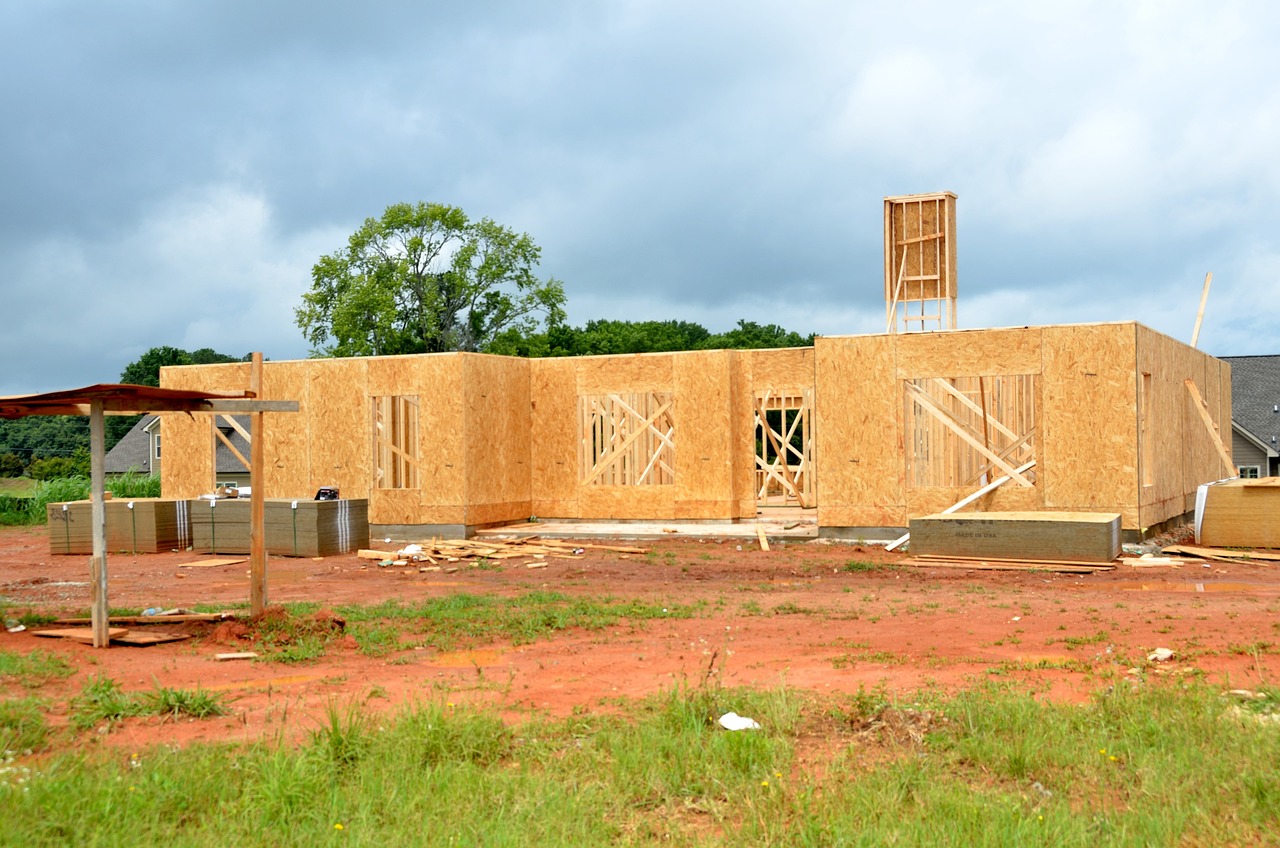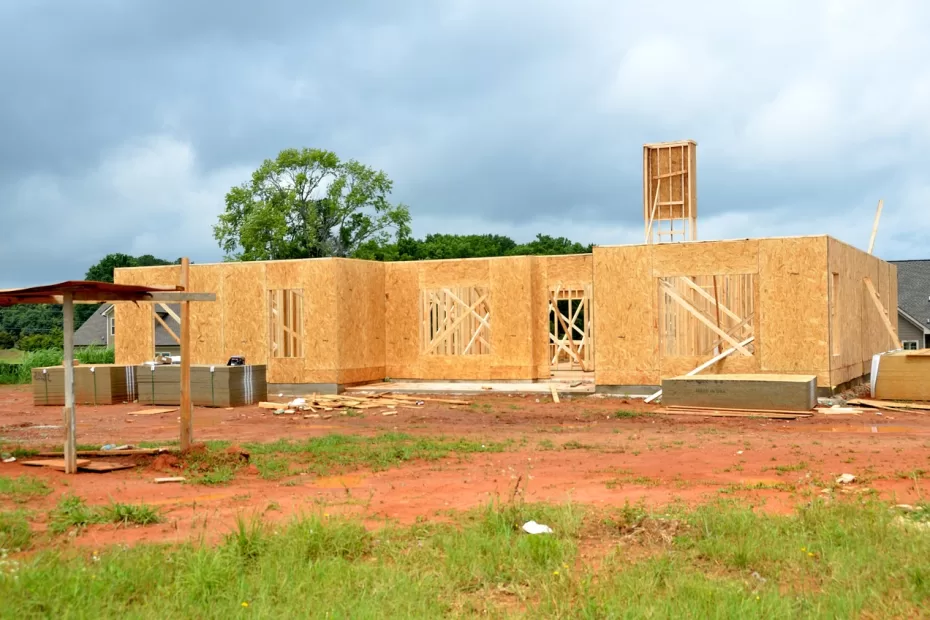
Revolutionary Homebuyer Incentives Unveiled: Unlocking Unprecedented Opportunities for Aspiring Homeowners in Today’s Market
The mortgage lending industry is constantly evolving, influenced by various factors such as economic conditions, government policies, and market demand. Recently, there have been significant developments in homebuyer incentives and mortgage rates, which are directly impacting the real estate market. This article provides an in-depth analysis of these trends, explores their current impact, and offers insights into their potential future implications.
1. Revolutionary Homebuyer Incentives
In an effort to encourage homeownership and boost the real estate market, several revolutionary homebuyer incentives have been unveiled. These incentives aim to address the challenges faced by aspiring homeowners and provide them with unprecedented opportunities. Let’s explore some of these incentives:
a. Down Payment Assistance Programs
One of the biggest barriers to homeownership is the down payment requirement. Recognizing this challenge, many governments and organizations have introduced down payment assistance programs. These programs offer grants or low-interest loans to help homebuyers meet their down payment obligations. By reducing the upfront cost, these incentives make homeownership more accessible for individuals with limited savings.
b. Tax Credits
Another significant incentive offered to homebuyers is tax credits. These credits can help reduce the overall tax burden for qualified homebuyers, making homeownership more financially feasible. Tax credits can be claimed annually or spread over several years, providing ongoing benefits to homeowners. The availability and eligibility criteria for these credits can vary based on location and individual circumstances.
c. Loan Forgiveness Programs
Loan forgiveness programs have gained popularity in recent years, especially for individuals working in certain professions or underserved areas. These programs offer partial or complete forgiveness of student loan debt or mortgage debt for qualifying individuals. By alleviating the burden of debt, these incentives enable aspiring homebuyers to enter the real estate market sooner and with reduced financial stress.
2. Current Trends in Mortgage Rates
Mortgage rates play a crucial role in shaping the real estate market. They directly impact affordability and the overall cost of borrowing for homebuyers. Let’s examine some of the current trends in mortgage rates:
a. Historic Low Mortgage Rates
In response to the economic challenges posed by the COVID-19 pandemic, central banks around the world, including the Federal Reserve in the United States, have implemented measures to stimulate economic growth. As a result, mortgage rates have reached historic lows. This has created a favorable environment for homebuyers, as lower rates translate into reduced monthly mortgage payments and increased purchasing power.
b. Volatility and Uncertainty
While mortgage rates are currently low, they have also become more volatile. In times of economic uncertainty, such as during the pandemic, mortgage rates can fluctuate rapidly in response to changing market conditions. This volatility makes it essential for potential homebuyers to closely monitor rates and be prepared to take advantage of favorable opportunities.
c. Potential for Rate Increases
While low mortgage rates have been beneficial for homebuyers, there is always the possibility of rates increasing in the future. Factors such as inflation, changes in monetary policy, or shifts in market dynamics can lead to higher borrowing costs. Homebuyers and investors should carefully consider their long-term plans and evaluate the potential impact of rising rates on their affordability and investment returns.
3. Recent Developments and Changes
Recent developments in the mortgage lending industry have introduced new dynamics and considerations for potential homebuyers and investors. Here are some noteworthy changes:
a. Digital Mortgage Process
The mortgage industry has embraced digital transformation, making the mortgage process more streamlined and convenient. Online applications, electronic document submission, and virtual closings have become increasingly common. This shift towards digitalization has accelerated during the pandemic and is likely to continue shaping the mortgage lending landscape in the future.
b. Stringent Lending Standards
In response to the 2008 financial crisis, lending standards became more stringent to mitigate risks. While this increased stability in the mortgage market, it also made it more challenging for certain individuals to qualify for loans. However, recent developments have shown some relaxation in lending standards, with lenders offering alternative loan options and considering additional factors beyond traditional credit scores.
c. Rising Demand for Refinancing
The low mortgage rates have triggered a surge in refinancing activity. Homeowners are taking advantage of these favorable rates to refinance their existing mortgages and reduce their monthly payments. This trend has provided homeowners with increased financial flexibility and has contributed to the overall stability of the housing market.
4. Future Implications for the Mortgage and Real Estate Sectors
The ongoing trends and developments in the mortgage lending industry are expected to shape the future of both the mortgage and real estate sectors. Here are some insights into their potential implications:
a. Increased Accessibility to Homeownership
The introduction of revolutionary homebuyer incentives, such as down payment assistance programs and loan forgiveness initiatives, is expected to make homeownership more accessible for a larger segment of the population. These incentives will likely contribute to increased demand for housing and drive growth in the real estate market.
b. Balance between Affordability and Market Stability
While low mortgage rates have improved affordability, the potential for rate increases in the future raises concerns about market stability. Striking a balance between affordability and market stability will be crucial for sustainable growth in the real estate sector. Regulatory measures and prudent lending practices will play a significant role in maintaining this equilibrium.
c. Emphasis on Digitalization
The digital transformation of the mortgage lending process is expected to continue, with increased emphasis on online applications, automated underwriting, and virtual closings. This shift towards digitalization will enhance efficiency, reduce costs, and provide a more seamless experience for homebuyers. However, data security and privacy will remain important considerations in this digital landscape.
d. Flexibility and Adaptability
The mortgage lending industry will need to remain flexible and adaptable to changing market conditions and evolving customer needs. Lenders will need to innovate and offer customized solutions to cater to diverse borrower profiles. Additionally, borrowers should stay informed about the latest trends, rates, and incentives to make well-informed decisions.
In conclusion, the mortgage lending industry is experiencing significant developments in homebuyer incentives and mortgage rates. The introduction of revolutionary homebuyer incentives aims to unlock unprecedented opportunities for aspiring homeowners. Meanwhile, low mortgage rates have created favorable conditions for homebuyers, although volatility and the potential for rate increases require careful consideration. Recent changes in the industry, such as digitalization and relaxed lending standards, have further influenced the landscape. These trends are expected to shape the future of the mortgage and real estate sectors, making homeownership more accessible and emphasizing digitalization and adaptability.
